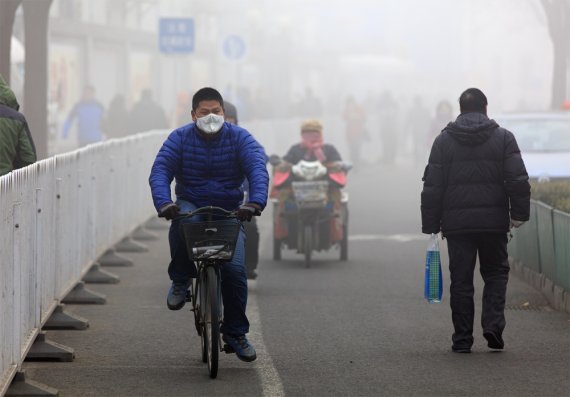The contribution of the extensive burning of crop waste to poor air quality in China has been underestimated for years, says a team made up of Belgian researchers and Wageningen researcher Folkert Boersma. For a long time it was difficult to get accurate estimates of the extent of the crop-burning in northern China, but the researchers have now used satellite measurements to gauge the concentration of formaldehyde in the atmosphere resulting from the fires between 2005 and 2012.
Formaldehyde is a good indicator of the levels of volatile organic matter in the air, and a predictor of the formation of ozone and fine particles. The measurements obtained with a satellite come out higher by factor 2 than earlier measurements on the ground, note the researchers. They calculate that the fires cause an increase of 7 percent in the ozone concentration and 18 percent in the fine particle concentration in the densely populated cities of China.
As well as formaldehyde, the fires also caused raised concentrations of nitrogen dioxide and methanol in the air above the plateau and the cities, say the researchers. In the month of June especially, the air pollution caused by the burning of crop waste is often higher than the pollution by factories and road traffic, Boersma and his colleagues write in the journal Scientific Reports. Their advice is that the Chinese government should develop a policy banning the burning of crop waste.

